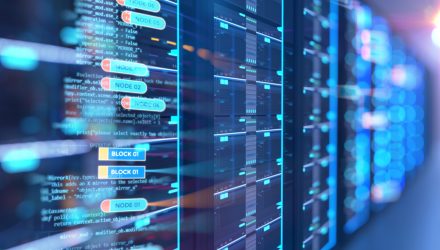Blockchain even raises the potential to build a new economy around reducing greenhouse gas emissions. Picture CO2 tokens exchanging hands when companies and individuals purchase carbon offsets for their homes or their next trip via airplane.
Trading blockchain for goods, or incentivizing or paying individuals to perform a task or service, is far cheaper and far faster than exchanging the same kind of value through more tangible assets.
4. AI for Smarter Product Design
“Generative design” sounds like a far-future concept, but it’s actually already in use by companies from all kinds of industries, including Black & Decker, Airbus, Under Armour and others. What is it, and how does AI make it possible?
Generative design powered by AI seeks to solve some of the oldest problems in product design and manufacturing: How do you make a cheaper product, using fewer materials, but still deliver the same or better performance?
Product design software built on AI means product designers can input critical characteristics, like the desired weight or even a price range for raw materials. Based on these traits, the generative design software comes up with a number of ways to satisfy the requirements.
In some cases, like with Airbus, the result can be a product that’s barely half the weight of the original part, without sacrificing strength.
5. Blockchain for Supply Chain Authenticity
The world’s supply chains are as complicated as they are vital. Whether it’s food and medicine, replacement parts or finished and unfinished goods crossing seas and oceans, supply chains power the modern world. Unfortunately, national and global supply chains face many lingering problems that are still awaiting credible solutions.
Rooting out counterfeit goods is one of these challenges. Some research suggests that as much as 42 percent of the merchandise changing hands on e-commerce sites like eBay and Amazon could be counterfeit. It’s a problem that costs the global economy about $1 trillion every year in missed earnings.
Companies aren’t the only victims, however. In some recent cases, several hundred people lost their lives due to just one counterfeit product in a pharmaceutical supply chain.
There are several areas where blockchain presents a solution. The first applies the concept of the immutable ledger to the problem of tracing products back to their source. Companies that want to verify chains of custody for shipped goods can apply QR codes and tracking devices to pallets, and fully digitize the process of sending and settling products.
Just by scanning the codes, companies can permanently record all manner of information, including the point of origin and stops along the way, for high-value or high-stakes shipments.
These use cases for AI and blockchain in business barely scratch the surface of what’s possible and what we can come to expect in the coming years.

